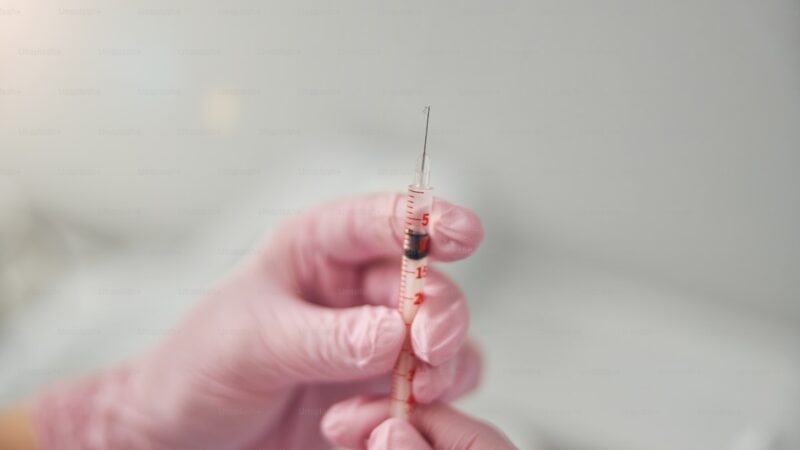When to Take Your Child to a Cumming, GA Pediatric Orthodontist

As a parent, you want to ensure your child gets the best dental care possible. This means you must know when to see a Cumming, GA pediatric orthodontist and seek out treatment. With this type of dentist, you don’t have to take your child to two types of dentists. Here are reasons your child may need to see a pediatric orthodontist:
Your Child is Already 7 Years Old
At the age of 5-6, your child may begin to lose baby teeth. Then, a few permanent teeth may start to emerge soon after this development. This stage of development is especially vital in your child’s smile journey. In general, a child who is 7-8 years old should see an orthodontist for an evaluation. The dentist will identify and prevent jaw alignment and crowding.
Overlapping or Gapping Teeth
If your child has extremely spaced-out or crowded teeth, you may need to take them to a pediatric orthodontist. With a crowded mouth, cleaning the teeth can be harder, increasing the risk of tooth decay. Also, this can increase the possibility of gum disease. In addition, too much gap in the mouth can lead to gum problems because of less protection from the teeth.
Overbite and Underbite
An overbite can result in tooth decay, serious headaches, jaw pain, problem opening and closing the mouth, and pain while eating. Also, an underbite can cause an overbite; however, it can be a result of prolonged thumb sucking, the use of a pacifier, and long-term bottle feeding. A pediatric orthodontist can help correct a bad bite.
Mouth Breathing
Mouth breathing can lead to severe damage, such as chronic ear infections, irregular facial growth, upper airway infections, sleep disturbances, and deformed jawbones. An orthodontist can correct this habit at an early stage.
A pediatric orthodontist may take several approaches when dealing with kids. Sometimes, they monitor irregularities or malocclusions at a later stage. When to initiate treatment depends on the child and according to their unique diagnosis.
Early orthodontic treatment can minimize the duration and amount of future treatment by preventing the occurrence of more serious conditions. Early intervention allows an orthodontist to correct habits that result in acquired irregularities, boost a child’s confidence, guide jawbone growth, and reduce the risk of injury because of protruding teeth.
Once your child gets a full set of permanent teeth, they need to have an orthodontic evaluation. This allows a dentist to have a detailed examination of the child’s teeth. Early treatment makes it effortless to treat any dental problems as well as ensures your child has a beautiful smile and healthy teeth.







